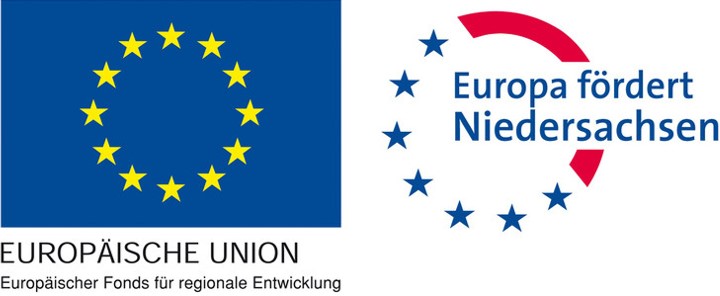(Subproject of: EnERgioN – Renewable Energies in the Northern Region of Germany)
Background
The share of renewable energy is likely to increase in Germany over the next decades. One major challenge will be the increasing complexity due to more decentralized generation of electrical power. Thus consumer adaption and storage systems will become more and more important. In virtual power plants (VPP), generators, consumers and storage systems are logically connected and thus provide additional benefits when operated intelligently.
Integration of technical, economical and legal affairs into a powerful Matlab tool
In order to design technical solutions, researchers collaborated with economical and legal departments of the Leuphana University Lüneburg. Thus, possible solutions have been evaluated regarding their cost effectiveness and lawfulness. Results finally were put into a self-designed Matlab tool and demonstration objects. The Matlab tool can be used for several scientific investigations and includes a large database of models, weather and location-based data for the whole of Germany.
By using the flexible Matlab tool both prescinded grid calculations and estimation of feed-in curves for renewable energy sources of all recorded generators in Germany can be executed. For wind power plants, different models have been designed regarding their actual behaviour. Photovoltaic power plants can be enhanced with certain storage systems. Thus even autarky scenarios can be calculated. Economical key figures for costs and benefits support financial evaluation of generators and different scenarios. Legal considerations are executed by using decision trees.
Are energy storages a technology to compensate feed-in management actions?
The research objective was to create an assessment scheme for the expansion of onshore wind generators in Northern Germany. Network congestion problems are a consequence of a massive wind energy expansion. This congestions problems are regulated by feed-in management actions that are continuously rising since 2009. Energy storages can absorb surplus energy of limited wind farms during feed-in management actions. Thus, this energy is fed-in at a later time.
|
Transformer Station
|
Power Losses [MWh]
|
Percentage [%]
|
|---|---|---|
|
Marne West
|
197,590
|
17,52 %
|
|
Reinsbuettel
|
127,766
|
11,33 %
|
|
Perleberg
|
79,090
|
7,01 %
|
|
Niebuell
|
68,705
|
6,09 %
|
|
Lindewitt
|
65,009
|
5,76 %
|
|
Breklum
|
64,896
|
5,75 %
|

To evaluate the needed storage device and its parameters, like maximum power and storage capacity, a method was developed. Different storage technologies are included in the research. One result was that short-term storages are uneconomical under current economic circumstances. Only 45 % at maximum of the storage investment costs are regained, depending on the location of the wind generator. However, when the feed-in management actions raise by factor two or three the storage becomes economical.
Demonstrator setup to show a virtual power plant
A demonstrator was developed to show the research results in an interactive way. Five different single electronic modules form a virtual power plant. Renewable generator, energy storages, and loads modules as well as a central control unit are connected via a communication network. A real-time capable programmable logic controller calculates the actual power flow of the system.
 To change system parameters like installed load, storage capacity and feed-in power of the generator interactive, a user interface is implemented.
To change system parameters like installed load, storage capacity and feed-in power of the generator interactive, a user interface is implemented.
Acknowledgement
This research project was part of the EU large-scale project “Innovations-Inkubator”.

Contact Person:
Prof. Dr.-Ing. habil. Detlef Schulz ((subproject manager)
Faculty of Electrical Engineering
Electrical Power Systems
Letzte Änderung: 28. May 2021
